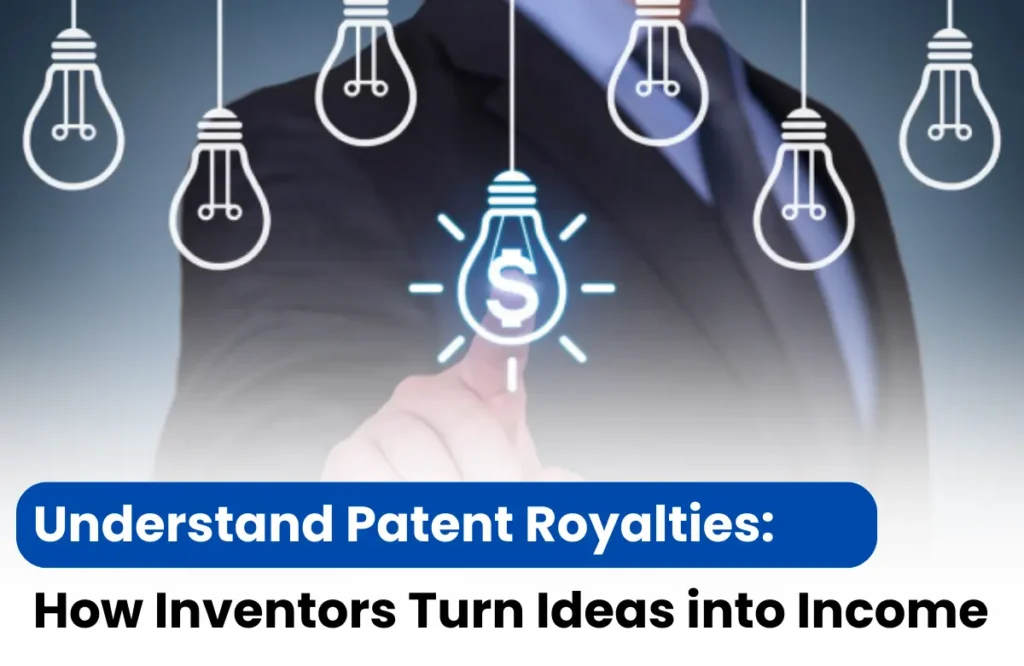
A patent is one of the most profitable assets an investor or business owner can have, thanks to its strong patent royalties benefits. If you hold a valuable patent with real industry demand, it can become a true milestone in your journey. However, when it comes to making agreements—whether licensing, selling, or transferring—a key question always arises: patent royalties. Both the patent holder and the buyer aim for a profitable deal, and royalties are often at the center of these negotiations. To make things clearer, this article provides a complete overview of how much inventors and investors can actually earn from patent royalties.
How Industry, Market, and Negotiation Impact Patent Royalties
Different Industries, Different Rates
Royalty rates aren’t the same across every field. For example, patents in electronics, software, and healthcare often command higher rates because of rapid innovation and demand, while areas like machinery or consumer goods usually see lower rates.
For example:
- Pharma & Biotech: Often higher, around 5%–15% due to high demand and exclusivity.
- Consumer Products: Generally lower, around 2%–5%, because of competitive markets.
- Software & Tech: Commonly fall in the 5%–10% range.
How Unique the Invention Is
Unique patents give companies a competitive edge, which is why they’re willing to pay higher royalties.
The Market Size and Demand
A patent tied to a billion-dollar market (like smartphones or medical devices) is worth more than one serving a small niche.
How Strong Is the Patent Protection?
A patent with broad claims, strong legal backing, and protection in multiple countries gives the owner leverage to negotiate higher rates. Weak or narrow patents, on the other hand, can lower value.
Exclusive vs. Shared Rights
Companies usually pay more for exclusive rights, where they’re the only ones allowed to use the patent. Non-exclusive deals still bring income, but at a lower royalty rate since multiple parties can license it.
The Power of Negotiation
At the end of the day, royalty rates are shaped at the negotiation table. Factors like the patent holder’s reputation, competition among buyers, and how urgently a company needs the technology.
Different Ways to Earn from Patent Royalties: Running, Lump-Sum, and Hybrid
Running Royalties
The patent holder gets a certain percentage of the payment in this model. Like 5% of net sales. In this method, income grows if the product succeeds, creating a long-term earning potential. But there is a risk of low earnings if sales underperform.
Lump-Sum Royalties
A one-time upfront payment for the right to use the patent. Such as $1 million upfront for lifetime use. But you miss out on long-term profits if the product becomes a hit.
Hybrid Royalties
A mix of lump-sum plus ongoing royalties. Such as $250,000 upfront + 3% of net sales annually. This is a balanced approach—guaranteed income plus profit-sharing. But in this, more complex agreements and negotiations are needed.
Read Also: Don’t make these mistakes before selling your patent
What Is the Average Royalty Rate for Patents in the Real World?
In the real world, most patent royalty agreements fall in the range of 2% to 5% of net sales, though certain industries like pharmaceuticals or advanced tech may go higher, reaching up to 10–15%. While outliers exist—some deals as low as 0.1% or as high as 25%—these are rare. For the majority of inventors and businesses, the realistic expectation is that royalties typically land in the low single digits, with stronger patents in high-demand markets earning rates at the higher end of that spectrum.
Conclusion
Royalty rates can vary widely; most patent holders earn within the 2%–5% range in real-world deals. Knowing this average helps set realistic expectations and ensures inventors negotiate smarter for the true value of their innovation.









